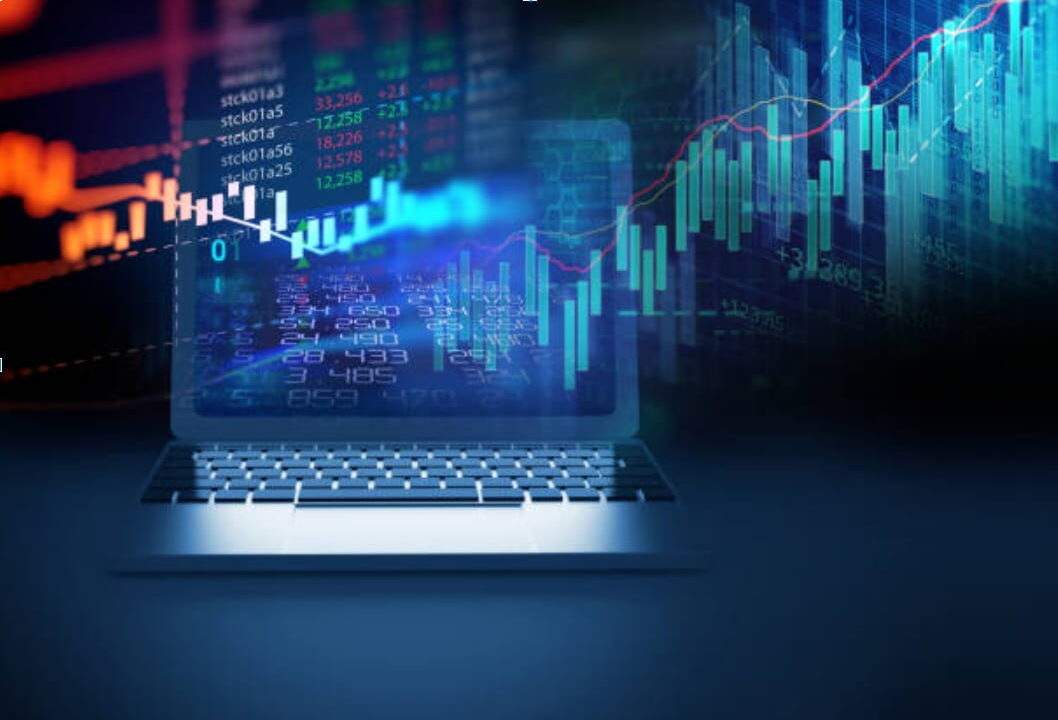
In today’s digital age, money laundering has become more sophisticated and prevalent than ever before. Criminals are constantly devising new ways to disguise their illicit funds, making it increasingly difficult for financial institutions to detect and prevent such activities. That’s why transaction monitoring has become a vital tool in the fight against money laundering.
Types of Transaction Monitoring
Transaction monitoring refers to the process of tracking and analyzing financial transactions in order to detect suspicious activity. By monitoring transactions, financial institutions can identify patterns and trends that may indicate money laundering, terrorism financing, or other criminal activities. This is particularly important in industries such as banking, where fraudulent transactions can be devastating for both the institution and its customers.
Bank Transaction Monitoring
Bank transaction monitoring involves the use of specialized software that can analyze large volumes of transaction data in real time. This software is designed to identify transactions that are outside of normal behavior patterns, such as transactions that are unusually large or that involve high-risk countries or individuals. When these types of transactions are identified, they can be flagged for further investigation.
Payment Transaction Monitoring
Payment transaction monitoring is another important aspect of transaction monitoring. This involves the monitoring of electronic payments, such as credit card transactions, in order to detect fraudulent activity. Fraudulent transactions can be identified through a variety of means, including the use of artificial intelligence and machine learning algorithms.
The Role of Transaction Screening Solutions in Preventing Money Laundering
One key component of transaction monitoring is the use of a transaction screening solution. These solutions are designed to compare transaction data against lists of known criminals and terrorist organizations. This can help financial institutions identify transactions that are potentially linked to criminal activity.
Another important aspect of transaction monitoring is suspicious transaction monitoring. This involves the review of transactions that have been flagged as potentially suspicious in order to determine whether or not they are, in fact, related to criminal activity. This can involve the use of manual reviews or the application of advanced analytics techniques.
Recent Statistics and News on Money Laundering and Fraud Transaction Monitoring
Here are some recent statistics and news related to money laundering and transaction monitoring:
- According to a report by the United Nations Office on Drugs and Crime, the estimated amount of money laundered globally in one year is between $800 billion and $2 trillion. (Source: UNODC)
- The Financial Crimes Enforcement Network (FinCEN) reported that in 2020, it received over 2.2 million suspicious activity reports (SARs) from financial institutions, representing a 9% increase from the previous year. (Source: FinCEN)
- In March 2021, HSBC announced that it had invested $9 million in the artificial intelligence (AI) startup, Quantexa, to improve its transaction monitoring and anti-money laundering capabilities. (Source: Reuters)
- In February 2021, the European Banking Authority (EBA) published its revised guidelines on money laundering and terrorist financing risk factors, emphasizing the importance of transaction monitoring and screening solutions. (Source: EBA)
- In a survey of financial crime professionals by Refinitiv, 86% of respondents said that they had increased their investment in transaction monitoring technology in 2020. (Source: Refinitiv)
- The global transaction monitoring market size is expected to grow from $11.4 billion in 2020 to $16.8 billion by 2025, at a compound annual growth rate (CAGR) of 8.1%. (Source: MarketsandMarkets)
These statistics and news highlights demonstrate the increasing importance of transaction monitoring in the fight against money laundering and other financial crimes, as well as the growing investment in technology and solutions to improve transaction monitoring capabilities
Why Money Laundering is Increasing in Today’s Digital Age
There are several reasons why money laundering is increasing in today’s world:
Globalization: As the world becomes more interconnected and businesses expand internationally, it becomes easier for criminals to move money across borders and hide their activities in different jurisdictions.
Technology: Advances in technology have made it easier for criminals to move money digitally and use sophisticated methods to conceal their activities, such as through cryptocurrencies and online payment systems.
Weak Regulatory Framework: In some countries, the regulatory framework for anti-money laundering measures is not strong enough, making it easier for criminals to conduct illicit financial activities.
High-Profit Margins: Criminal organizations engage in money laundering because it is a profitable activity. They can earn significant profits by disguising the source of their funds, making it easier for them to use the money for illegal activities.
Corruption: Corruption at various levels of government and businesses can also contribute to money laundering. When corrupt officials turn a blind eye to illicit activities or actively participate in them, it becomes easier for criminals to launder money.
The Need for Suspicious Transaction Monitoring to Combat Money Laundering
The complex and ever-changing nature of money laundering makes it a challenging issue to address. It requires a coordinated effort by governments, financial institutions, and law enforcement agencies to develop effective measures and strategies to prevent and combat money laundering activities.
In conclusion, transaction monitoring is a vital tool in the fight against money laundering and other financial crimes. By monitoring transactions and identifying suspicious activity, financial institutions can help to protect themselves and their customers from the devastating consequences of fraud and other criminal activities. Whether through bank transaction monitoring, payment transaction monitoring, or the use of transaction screening solutions, it is essential that financial institutions remain vigilant in their efforts to detect and prevent financial crimes.







